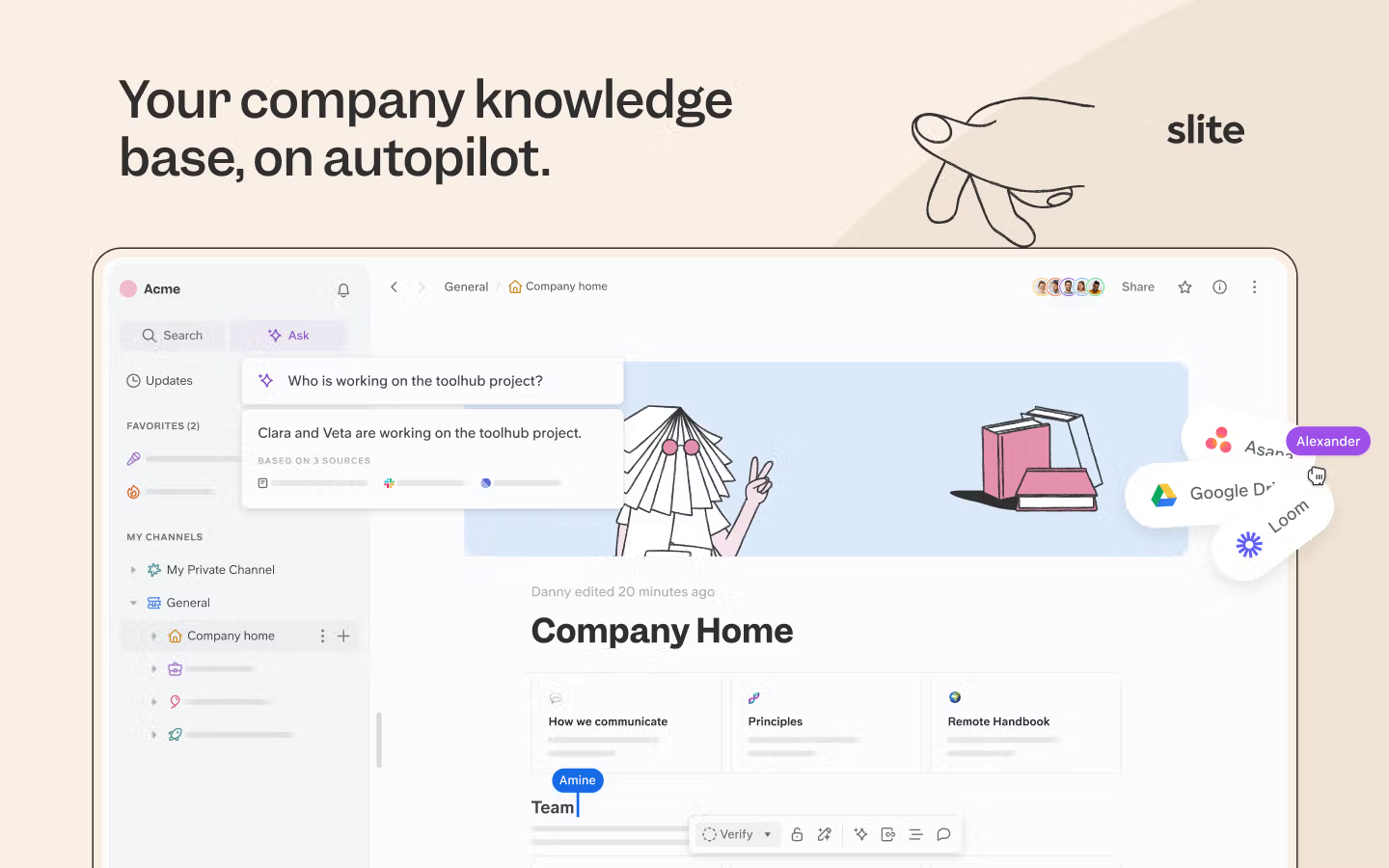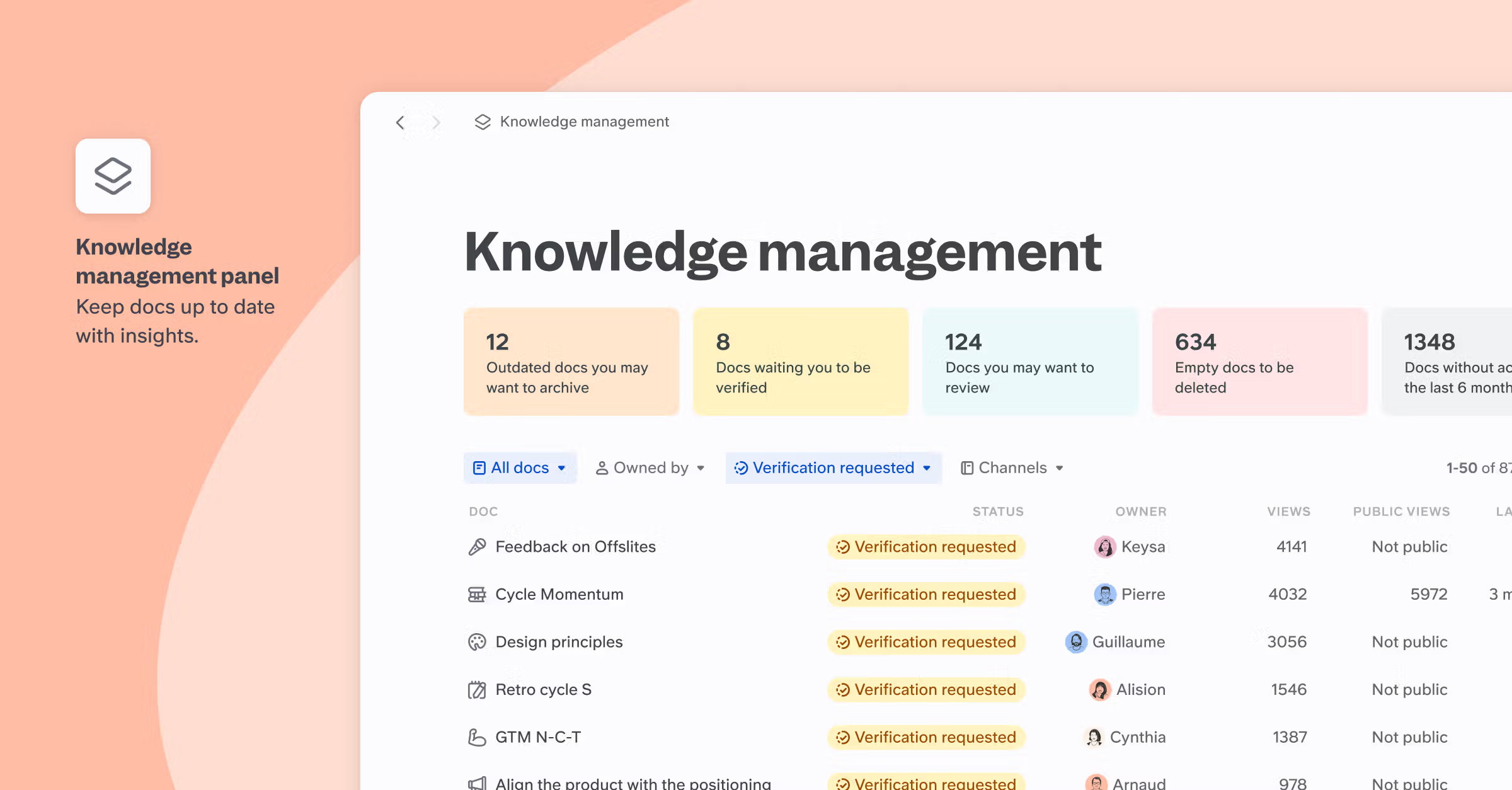Engineering documentation is the detailed record of a product’s design, development, and implementation process. Comprehensive documentation ensures that every detail is systematically and thoroughly captured and communicated.
There’s 5 most used components of engineering documentation:
- Design specifications
- Technical drawings and schematics
- Calculations and analysis reports
- Test plans and results
- Material lists and sourcing information
But how is Engineering Documentation different than Technical Documentation?
Engineering documentation focuses on the design, development, and implementation of a product or system. It’s typically used by engineers and includes detailed specifications, calculations, and design rationales.
Technical documentation, on the other hand, is broader and includes user manuals, guides, and other materials that explain how to use or maintain a product. This type of documentation is often referred to as product documentation and is aimed at end-users or support staff. To learn more about how it’s different than engineering documentation, read our guide on Technical Documentation.
Different types of Engineering Documentation
There’s 10 different types of Engineering Documentation
- Requirement specificationsDetailed descriptions of what the product or system must do. These outline functional and non-functional requirements, performance criteria, and constraints.
- Design documentsComprehensive explanations of how the product will meet the requirements. This includes system architecture, component designs, and design rationales. To start your process with a template quickly, you can get our template on Software Design Documentation here.
- Technical drawings, engineering drawings, and CAD filesVisual representations of the product, including dimensions, materials, and assembly instructions. These can range from 2D sketches to complex 3D models.
- Test plans and resultsOutlines of testing procedures and documented outcomes. These ensure the product meets specifications and quality standards.
- Software code documentationComments within code and separate documents explaining software architecture, APIs, and functions. This helps other developers understand and maintain the code.
- Simulation and analysis reportsResults from computer simulations or mathematical models, often used to predict product performance or optimize designs before physical prototyping.
- Manufacturing instructionsStep-by-step guides for production teams, detailing how to fabricate, assemble, and quality-check the product.
- Bill of Materials (BOM)A comprehensive list of all parts, components, and materials needed to manufacture the product, often including quantities and sourcing information.
- Engineering change ordersFormal documents detailing any modifications to the original design, including reasons for the change and its impact on the product.
- Compliance and safety documentationRecords demonstrating that the product meets relevant industry standards, regulations, and safety requirements.
So, who uses Engineering Documentation?
While they are the primary creators and users, a wide range of professionals rely on this documentation throughout a project’s lifecycle and beyond. The amount and types of documentation created, including strategic documentation functions, user instructions, troubleshooting guides, and customer feedback documentation, are crucial for internal operations and end-users. Here’s a closer look:
1. Engineers (Across Disciplines)
- Design Engineers: Create initial designs, schematics, and specifications, referring back to these documents throughout the development process.
- Software Engineers: Rely on code documentation and API specifications to understand, integrate with, and maintain software components. In the context of software development, they also focus on creating and maintaining technical documentation, ensuring it aligns with Agile and waterfall approaches.
- Test Engineers: Develop and execute test plans based on requirements and design documents, documenting results for analysis and improvement.
- Manufacturing Engineers: Use BOMs, manufacturing instructions, and CAD files to guide the production process and ensure accurate assembly.
2. Project Managers
- Track project progress by reviewing design documents, test results, and change orders.
- Communicate project status and technical details to stakeholders using simplified versions of engineering documentation. Ensure that previous versions of these documents are saved and managed for future reference.
- Manage risks and make informed decisions based on information presented in technical reports and analysis.
3. Quality Assurance Teams
- Develop quality control procedures based on design specifications and industry standards.
- Verify product functionality and performance against documented requirements using test plans and results. Well-written user documentation can significantly enhance customer satisfaction.
- Use engineering documentation to identify root causes of defects and track corrective actions.
4. Regulatory Compliance Officers
- Ensure the product meets all relevant safety and performance regulations by reviewing compliance documentation. It is crucial to maintain and update existing documentation to ensure all information is current and accessible.
- Utilize test reports and certifications to demonstrate compliance to regulatory bodies.
- Reference engineering documentation during audits and inspections.
5. Future Engineering Teams (Maintenance & Upgrades)
- Understand the design intent and functionality of existing products through design documents and technical drawings.
- Identify and source replacement parts accurately using BOMs and supplier information. Ensure all hardware and software requirements are met for seamless integration.
- Implement modifications and upgrades safely and effectively by referencing original design specifications and change order history.
What's Often Mistaken for Engineering Documentation (But Isn't)
Engineering documentation is about precision, technical depth, and the “why” behind design choices. However, some documents, while valuable in their own right, often get lumped in with engineering documentation even though they serve different purposes. Let’s clear up the confusion: Technical documentation encompasses all written documents and materials relating to software product development, including internal and external documentation written for end users.
1. User Manuals and Technical Documentation
While both deal with technical subjects, user manuals focus on the "how" for end-users, not the "why" of engineering. They explain how to use features, troubleshoot issues, and maintain the product. Technical documentation can encompass a broader range, including API documentation and knowledge base articles, but their focus remains on user-facing information.
2. Marketing Materials
Product brochures, website copy, and even sales presentations often highlight technical specifications. However, their goal is to promote the product, not document its inner workings. They might lack the technical depth and objectivity of true engineering documentation.
3. Internal Communication (Emails, Chat Logs, etc.)
Engineers constantly discuss technical details through emails, chat platforms, and project management tools. While these contain valuable information, they lack the structure, version control, and permanence of formal engineering documentation. Relying solely on these for critical information can lead to inconsistencies and miscommunication.
4. Informal Sketches and Notes
Early-stage brainstorming often involves rough sketches and notes. While valuable for initial ideation, these lack the detail and formalization of proper design documents and shouldn't be treated as a substitute.
5. Project Management Artifacts
Project schedules, budgets, and risk assessments are crucial for project management but don't delve into the technical specifics of engineering design. They provide context and constraints but not the engineering rationale itself.
How to create Engineering Documentation
1. Understand the Purpose
Before you write a single word, take a step back and think about why you’re creating this documentation. Are you explaining a complex system to new team members? Providing instructions for maintaining equipment? Outlining safety procedures? Your purpose will shape everything that follows. In the context of software product development, clear and concise documentation is crucial to explain product functionality and unify project-related information, addressing potential gaps between stakeholders and engineers.
For example, if you’re documenting a software project, you might need to cover:
- How the system is structured
- How different parts work together
- How to set up a development environment
- How to deploy the software
- How to troubleshoot common issues
2. Know Your Audience
Think about who will be reading your documentation. Are they experienced engineers? New hires? Managers who need a high-level overview? Tailor your language and level of detail to your readers. User documentation should be easy to understand, logically structured, and continuously updated based on customer feedback.
If you’re writing for a mixed audience, consider creating different versions or sections. You might have a quick-start guide for beginners, detailed technical specifications for engineers, and a summary for management.
3. Choose Your Tools and Define Hardware and Software Requirements
Good tools make documentation easier. Some popular options include:
- Wiki software like Confluence for collaborative documentation
- Version control systems like Git for tracking changes
- Diagramming tools like Draw.io for creating visual aids
- API documentation generators like Swagger for software interfaces
Pick tools that fit your team’s workflow and make it easy to keep documentation up-to-date. Technical writers play a crucial role in creating high-quality tech documentation and ensuring effective communication with different audiences.
4. Create a Structure
Don’t just start writing - plan out your structure first. A clear structure makes your documentation easier to navigate and update. Here’s a basic structure you might use:
- Introduction
- Purpose of the document
- Scope of the project
- Definitions of key terms
- System Overview
- High-level description of the system
- Main components and how they interact
- Detailed Component Descriptions
- Purpose of each component
- How it works
- Interfaces with other components
- Installation/Setup Instructions
- Usage Instructions
- Troubleshooting Guide
- Maintenance Procedures
- Appendices
- Technical specifications
- Reference materials
Comprehensive software documentation should be specific, concise, and relevant, following best practices for creating and maintaining technical documents.
5. Write Clear, Concise Content
Now it’s time to fill in your structure with content. Here are some tips:
- Use simple language. Avoid jargon unless it’s necessary.
- Write in short, clear sentences.
- Use bullet points and numbered lists for easy reading.
- Include plenty of examples.
- Use diagrams, flowcharts, and other visuals to explain complex ideas.
Emphasizing the importance of clear documentation ensures that your team can produce working software efficiently.
For instance, instead of saying “The system utilizes a polyglot persistence architecture to optimize data storage and retrieval,” you might say “We use different types of databases to store different kinds of data. This helps us retrieve information quickly and efficiently.”
6. Include Code Examples
If you're documenting software, include code snippets to illustrate key points. For example:
python
Copy
# Here's how to connect to the database
import database
db = database.connect(host='localhost', user='admin', password='secret')
Explain what the code does and why it's written that way.
7. Document Design Decisions
Don't just describe what your system does - explain why it was designed that way. This helps future maintainers understand the reasoning behind the design.
For example: "We chose to use a microservices architecture to allow different parts of the system to be developed and scaled independently. This makes it easier to update specific functions without affecting the entire system."
8. Create Visuals
A picture is worth a thousand words, especially in technical documentation. Use diagrams to show:
- System architecture
- Data flow
- User interfaces
- Decision trees
Tools like Draw.io or Lucidchart can help you create professional-looking diagrams.
9. Include Troubleshooting Information
No system is perfect. Include a section on common problems and how to solve them. For example:
Problem: The application won't start
Possible causes:
- Database connection issue
- Missing configuration file
- Port already in use
Steps to resolve:
- Check database connection string in config.ini
- Ensure all required config files are present
- Use 'netstat' command to check for conflicting port usage
10. Keep It Up to Date
Documentation is only useful if it's current. Set up a process to review and update your documentation regularly. This might involve:
- Scheduling monthly review sessions
- Assigning documentation owners for different sections
- Using version control to track changes
- Including a "last updated" date on each page
11. Get Feedback and Iterate
Finally, remember that good documentation is a team effort. Encourage your colleagues to provide feedback. Are there unclear sections? Missing information? Use this feedback to continually improve your documentation.
Creating thorough engineering documentation takes time and effort, but it pays off in the long run. Good documentation reduces errors, speeds up onboarding, and makes your entire team more efficient. By following these steps and continuously refining your approach, you’ll create documentation that truly adds value to your project. Additionally, incorporating user experience design documentation, which includes content models, empathy maps, experience maps, mental models, and personas, can further enhance the quality and usability of your documentation.
Where Does Engineering Documentation Belong?
You might be wondering where to keep all this valuable engineering documentation you're creating. The answer is simple: your company wiki.
A company wiki is a digital home for all your team's knowledge. It's a central place where everyone can easily find, update, and share information.
Here's why it's perfect for engineering documentation:
- Easy access: Anyone on your team can quickly find the info they need, whether they're in the office or working remotely.
- Collaboration: Team members can work together on docs in real-time, making it easier to keep everything up-to-date.

- Organization: You can structure your wiki to match your projects and teams, making navigation a breeze.

- Version control: Most wikis keep track of changes, so you can see who updated what and when.
- Search function: With a good search feature, finding specific information becomes much simpler.
- Integration: Many wikis can connect with other tools your team uses, like project management software or code repositories.
If you don't have a wiki already
Don't worry! You can generate your wiki in a second:
- Go to Slite's Wiki Generator
- Chat naturally and have your wiki structure created for you
- Sign up to Slite and access your wiki
- One-click Import all relevant docs from your current docs app like Google Docs, Notion, etc.
This will start your company wiki fresh for your entire team. And you can keep onboarding your employees. If you're building an open source project, you might want to check out open source wikis instead.
If you want to start from scratch, and learn everything about building a single source of company truth, you can read our detailed Wiki playbook here.
If your engineering documentation is sprawled across multiple tools
You've documented everything perfectly, but you're still fielding the same questions daily. Customer Success needs to understand how the API handles edge cases. Support wants to know why certain errors occur. New engineers ask where to find deployment procedures. You become the bottleneck, constantly pulled into "quick questions" that derail your focus.
The problem isn't missing documentation - it's that critical context lives everywhere. That design decision rationale? Buried in a GitHub issue thread. The edge case handling? Discussed in last week's Slack channel. The deployment gotchas? Mentioned in Linear ticket comments.
Super.work bridges this gap by searching across all your engineering tools simultaneously. Ask "Why did we choose microservices for the payment system?" and get your official architecture doc plus the GitHub discussion where the team debated performance tradeoffs, the Slack thread about scaling concerns, and the Linear ticket that tracked the implementation.

Your documentation becomes the foundation, not the ceiling. Super ensures the informal engineering knowledge that shapes real decisions doesn't get lost between tools, so your teammates can find complete answers without interrupting you.
Book a demo if your team spends too much time reconstructing context that already exists somewhere.
Final takeaway
Remember, the best documentation tells a story. It’s not just about listing facts – it’s about helping your readers understand the ‘why’ behind your project. Focus on clarity and simplicity. Use everyday language and examples that anyone can grasp.
Don’t be afraid to get creative. Mix in diagrams, short videos, or even interactive elements if they help explain complex ideas. The goal is to make your documentation engaging and easy to follow.
Keep in mind that documentation is a living thing. It should grow and change as your project does. Make updating docs a regular part of your workflow, not an afterthought.
Lastly, remember that good documentation is a team effort. Encourage feedback from your colleagues and users. Their input is invaluable for making your docs truly useful. Consider the types of documentation created, such as strategic documentation functions, user instructions, troubleshooting guides, and customer feedback documentation.
If you’re looking to streamline your documentation process, check out Slite. It’s a user-friendly tool that can help your team create, organize, and share knowledge more effectively. Give it a try – it might just transform how you approach documentation.

